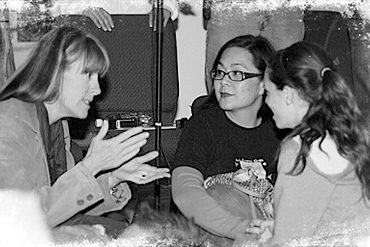Dave Brisbin 2.7.21
A man calls to ask how he can know God’s love is real and not just a thought in his head that he made up or would like to believe. He’s asking the central question without which life remains very scary. I remember asking the same thing about prayer. Was I just talking to myself? How could I know if my prayer was real? By outcomes? By feelings? Maddeningly, Jesus doesn’t tell us. Always comforting but never comfortable, Jesus never gives us the intellectual certainty of a direct answer. He’s not being coy. He knows even if he gave us the “right” answer, it would still just be another thought in our heads. If we think it, we can unthink it and would never know if it was real. Eastern teachers, whether middle or far Eastern, know this about spiritual matters: that the answers we crave can’t be transferred. They must be personally experienced to have the conviction of reality.
read more
Far Eastern teachers have used koans for millennia to show the inadequacy of rational thought. These paradoxical and unresolvable little stories or questions make no rational sense and are meant to muddle the mind and create the “great doubt” that can lead to sudden intuitive leaps. Jesus teaches in exactly the same way, and when you analyze the conversations preserved for us in the gospels, you see one overarching theme: motion. Even when just asked where he is going, Jesus says: come and see–move with me and you will know beyond mere understanding. God’s spirit is ruha in Aramaic and means breath, wind, spirit all at the same time. It’s all about motion; three things defined by motion, that don’t exist without motion. Jesus is telling us that God’s love is a moving target, and the only way we can know if it’s real and not just a thought in our heads, is to move with it. It will be in the motion of love through us to another that we will become convinced that God and God’s love is as real as real gets.



